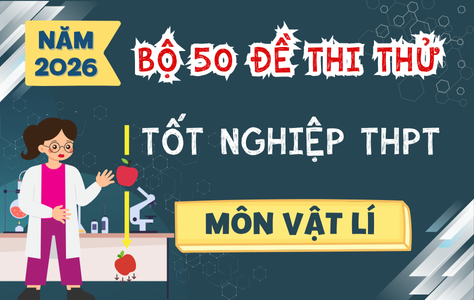Câu hỏi:
Read the following passage about lifelong learning and mark the letter A, B, C, or D on your answer sheet to indicate the best answer to each of the following questions from 31 to 40.
[I] Lifelong learning is the ongoing, voluntary, and self-motivated pursuit of knowledge for personal or professional development (Knowles, 2020). [II] This concept emphasizes that learning does not stop after formal education, but rather continues throughout an individual's life, adapting to changing circumstances and needs. [III] In today’s fast-paced world, where technology and job markets evolve rapidly, lifelong learning has become increasingly essential. [IV]
One of the primary benefits of lifelong learning is its ability to enhance employability. Individuals who engage in continuous education are more likely to keep their skills relevant and competitive in the job market. According to a report by the World Economic Forum (2021), over 50% of employees will need reskilling due to technological advancements in the coming years. Lifelong learners are better equipped to adapt to these changes, making them more attractive candidates for employers.
Moreover, lifelong learning contributes to personal fulfillment and mental well-being. Engaging in new learning experiences can stimulate the brain, foster creativity, and improve cognitive function. Research indicates that individuals who pursue learning opportunities throughout their lives tend to report higher levels of happiness and life satisfaction (Smith & Johnson, 2019). Whether it is taking a course, learning a new language, or picking up a new hobby, the process of acquiring knowledge can be enriching and enjoyable.
In addition, lifelong learning promotes social engagement and community involvement. Participating in educational programs or community workshops can foster connections with others who share similar interests. This social aspect of learning can enhance one's sense of belonging and support networks, which are crucial for mental health (Jones, 2022).
Overall, lifelong learning is not just an individual responsibility; it requires support from educational institutions, employers, and communities to create an environment conducive to continuous education. By fostering a culture of learning, society can better prepare individuals for the challenges of the future and ensure that everyone has the opportunity to thrive.
(Adapted from The Importance of Lifelong Learning by Knowles, Smith, Johnson, and others)
Which of the following best paraphrases the underlined sentence in paragraph 4?
Đáp án đúng: A
Đáp án đúng là A
Giải thích:
A. External support is essential for lifelong learning initiatives.: Sự hỗ trợ từ bên ngoài là cần thiết cho các sáng kiến học tập suốt đời: Thông tin trong câu: "This social aspect of learning can enhance one's sense of belonging and support networks, which are crucial for mental health” => ngụ ý rằng sự hỗ trợ từ bên ngoài — chẳng hạn như các kết nối được hình thành thông qua sự tham gia cộng đồng — là rất có giá trị và đóng vai trò quan trọng trong học tập suốt đời, đặc biệt là đối với sức khỏe tinh thần.
B. Lifelong learning should be self-managed by individuals.
=> Sai: Học tập suốt đời nên được tự quản lý bởi từng cá nhân: đoạn văn không cho rằng cá nhân cần tự quản lý quá trình học tập suốt đời. Thay vào đó, nó nhấn mạnh vào giá trị của việc tham gia cộng đồng và các kết nối xã hội hơn là tự quản lý.
C. Employers should prioritize in-house training over external programs.: Người sử dụng lao động nên ưu tiên đào tạo nội bộ hơn các chương trình bên ngoài: không liên quan: đoạn văn không đề cập đến người sử dụng lao động hay đào tạo nội bộ; nó tập trung vào việc tham gia cộng đồng và các kết nối cá nhân, chứ không phải về đào tạo tại nơi làm việc.
D. Continuous learning relies mainly on personal efforts.: Học tập liên tục phụ thuộc chủ yếu vào nỗ lực cá nhân: => sai: đoạn văn nhấn mạnh tầm quan trọng của hỗ trợ xã hội bên ngoài hơn là phụ thuộc chủ yếu vào nỗ lực của cá nhân. (xem bản dịch)
Câu hỏi này thuộc đề thi trắc nghiệm dưới đây, bấm vào Bắt đầu thi để làm toàn bài
Bộ đề thi giúp học sinh lớp 12 làm quen với cấu trúc và nội dung đề thi tốt nghiệp THPT môn Tiếng Anh năm 2025. Đề thi được xây dựng theo định hướng của Bộ GD ĐT, bao gồm các phần Ngữ âm, Từ vựng - Ngữ pháp, Chức năng giao tiếp, Kỹ năng đọc hiểu, Kỹ năng viết và Phát âm - Trọng âm. Hệ thống câu hỏi đa dạng, bám sát chương trình học, giúp học sinh rèn luyện kỹ năng làm bài và nâng cao tư duy ngôn ngữ. Đáp án chi tiết đi kèm hỗ trợ học sinh tự ôn tập, đánh giá năng lực và chuẩn bị tốt nhất cho kỳ thi quan trọng.
Câu hỏi liên quan
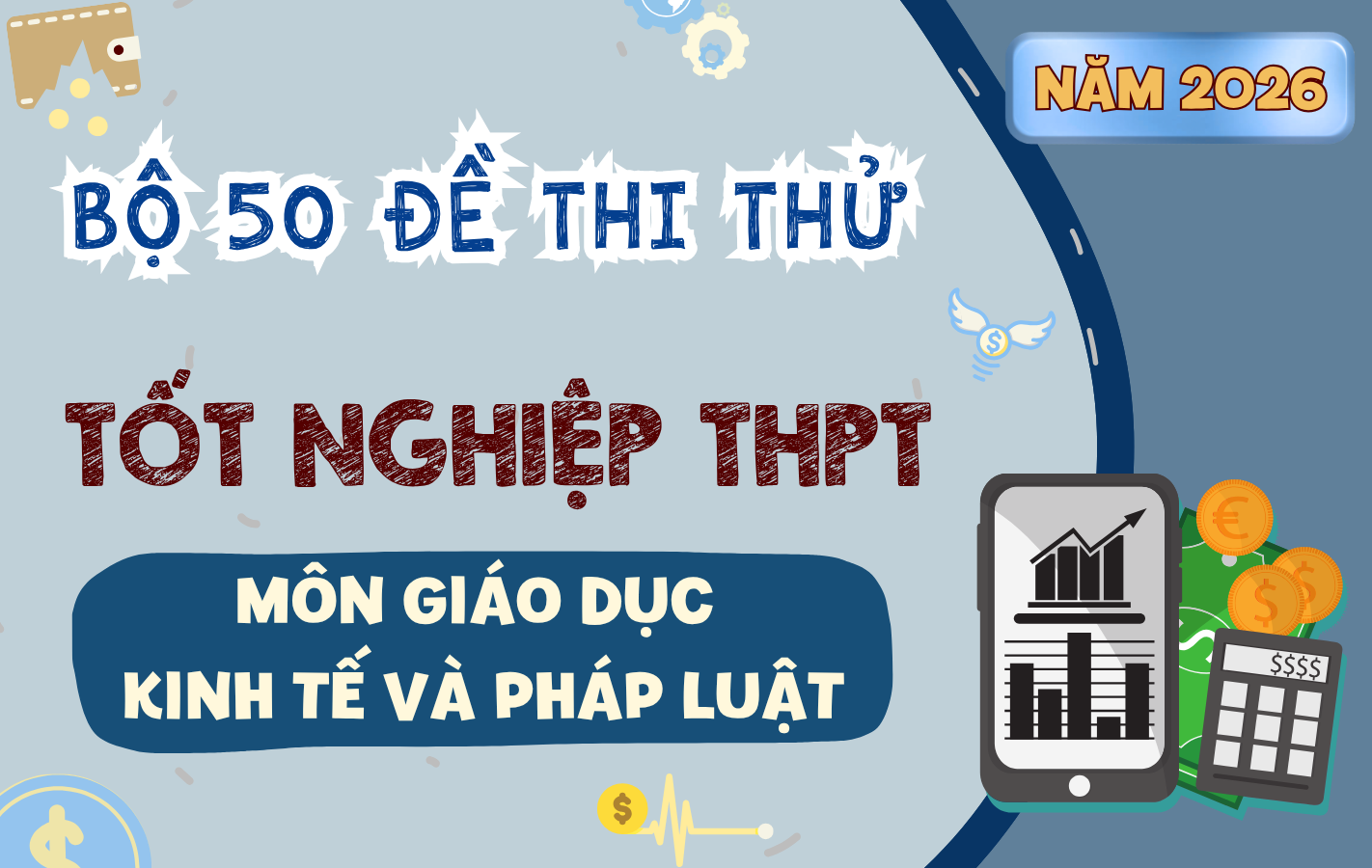
Bộ 50 Đề Thi Thử Tốt Nghiệp THPT Giáo Dục Kinh Tế Và Pháp Luật Năm 2026 – Theo Cấu Trúc Đề Minh Họa Bộ GD&ĐT
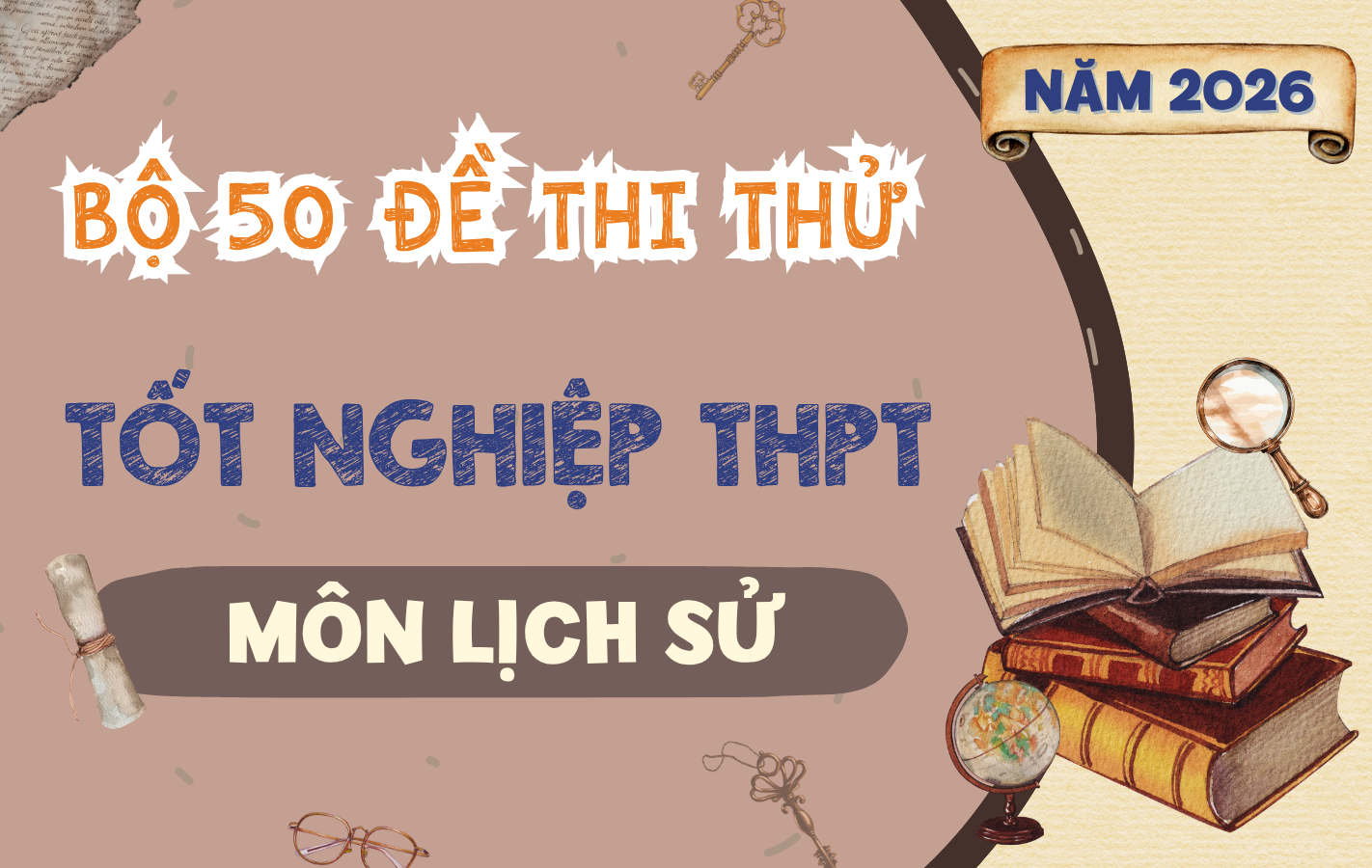
Bộ 50 Đề Thi Thử Tốt Nghiệp THPT Lịch Sử Học Năm 2026 – Theo Cấu Trúc Đề Minh Họa Bộ GD&ĐT
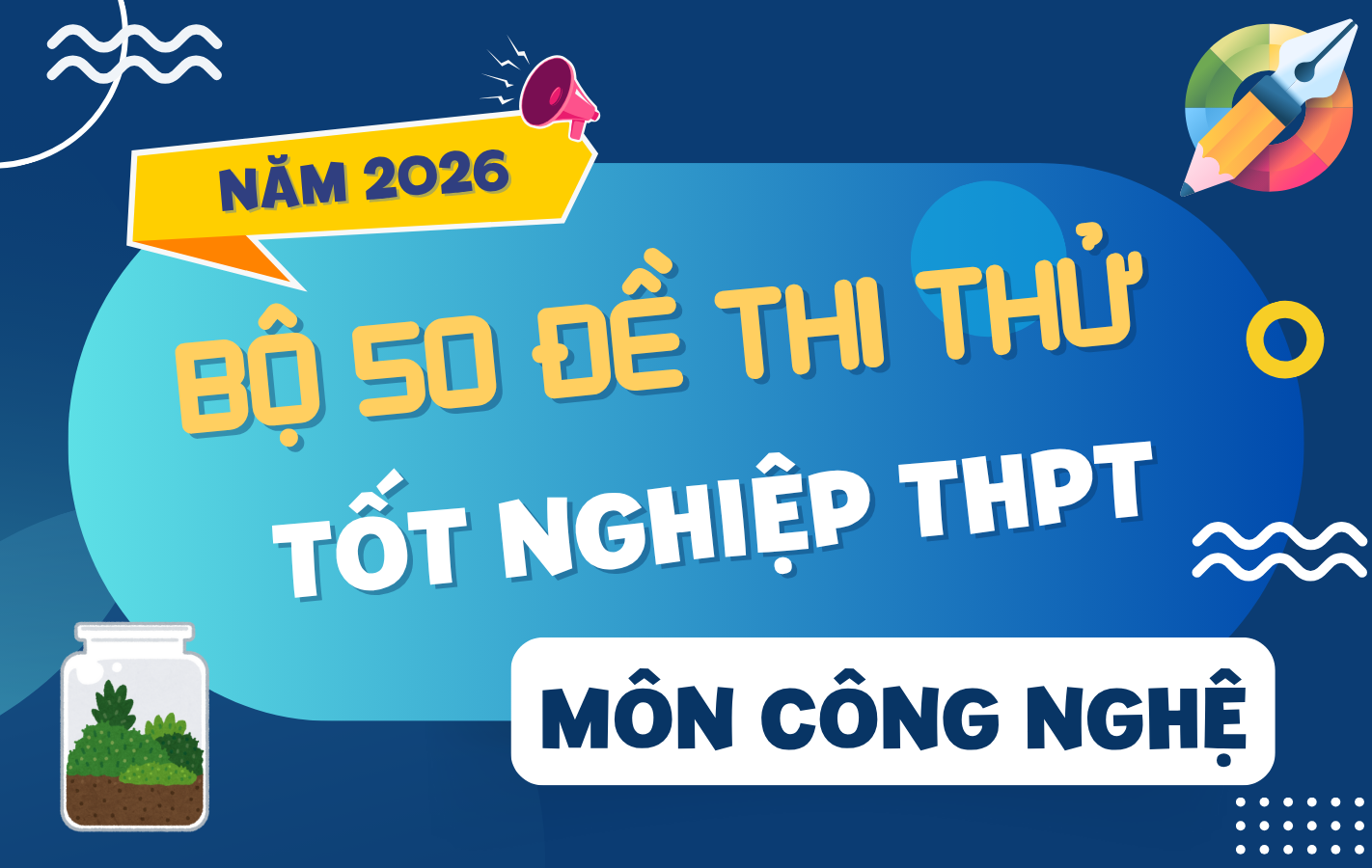
Bộ 50 Đề Thi Thử Tốt Nghiệp THPT Công Nghệ Năm 2026 – Theo Cấu Trúc Đề Minh Họa Bộ GD&ĐT
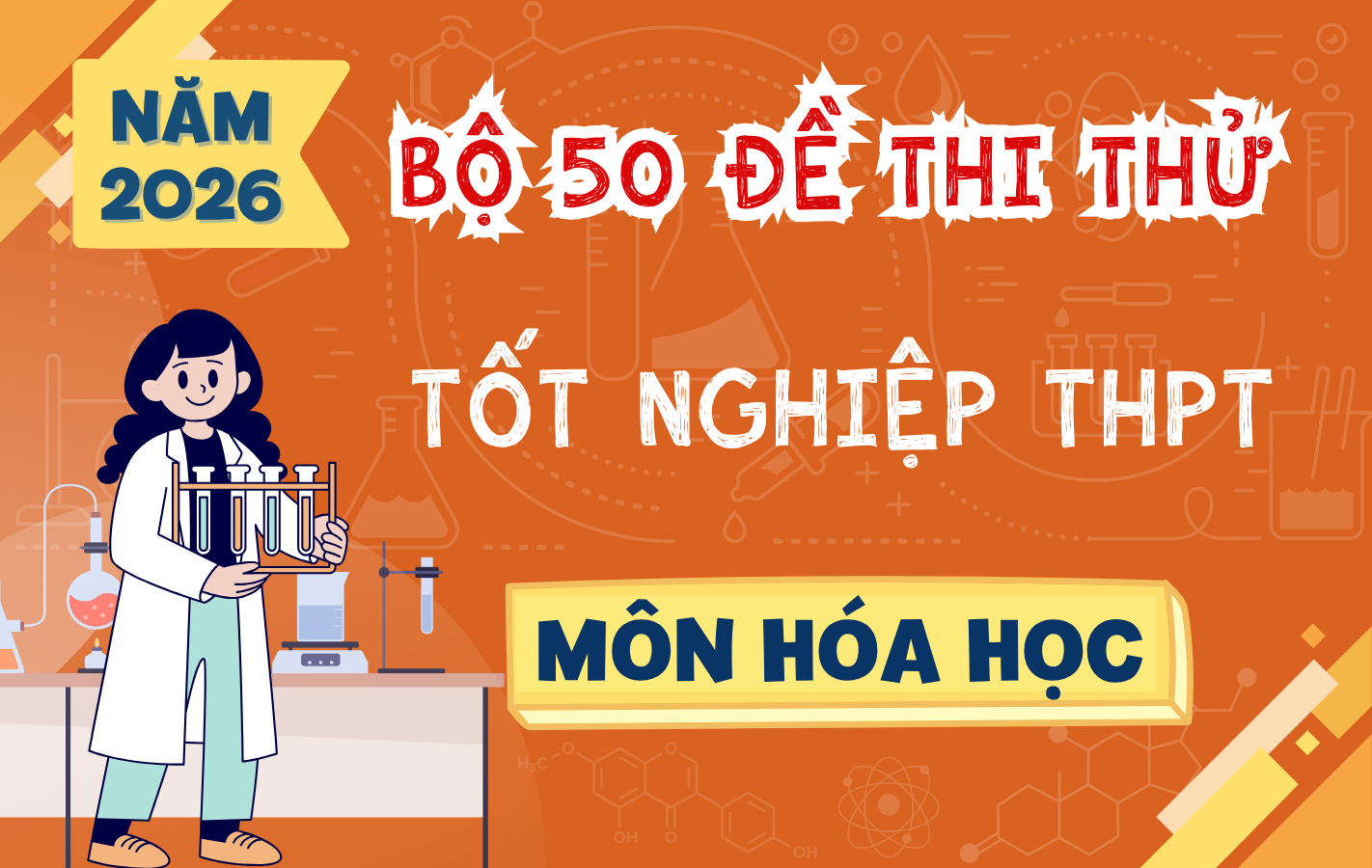
Bộ 50 Đề Thi Thử Tốt Nghiệp THPT Môn Hóa Học Năm 2026 – Theo Cấu Trúc Đề Minh Họa Bộ GD&ĐT
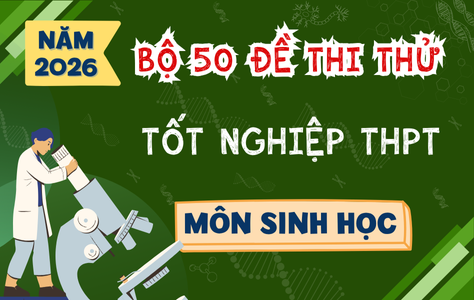
Bộ 50 Đề Thi Thử Tốt Nghiệp THPT Môn Sinh Học Năm 2026 – Theo Cấu Trúc Đề Minh Họa Bộ GD&ĐT
